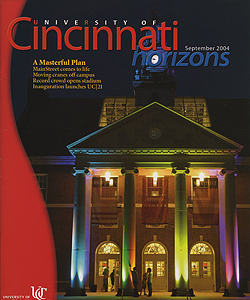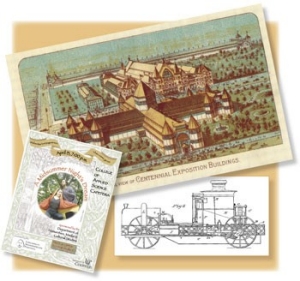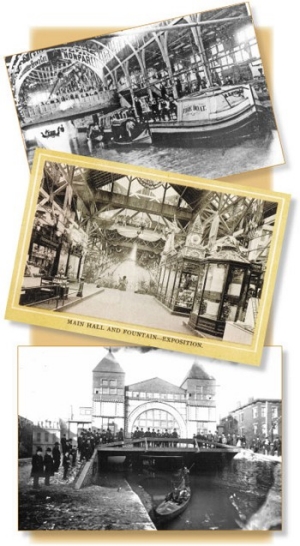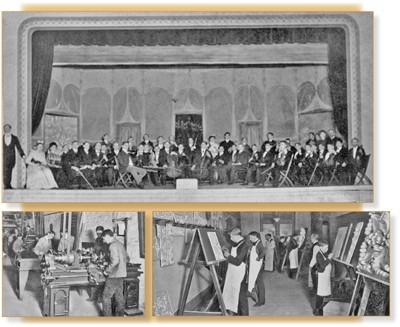College of Applied Science cultivates 175 years of civic ties
by Deborah Rieselman
In the early 1800s, only 25 years after Ohio became a state, Cincinnati was a thriving town with mills, tanneries, foundries and a hospital. Notably lacking, however, were public schools for its 20,000-plus residents. Nevertheless, it did have an educational outlet of which few other American cities could boast -- a mechanics institute.

 Past Issues
Past Issues

